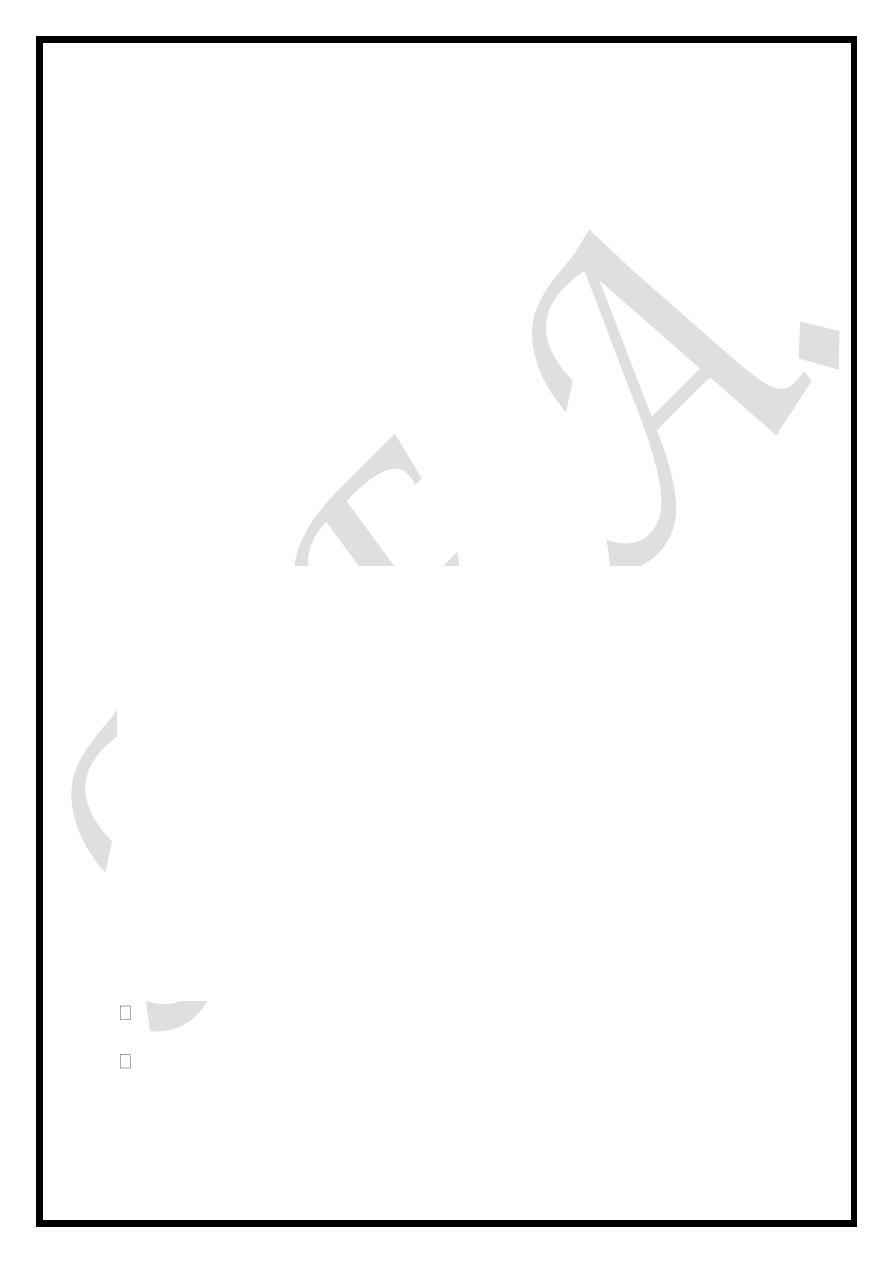
Dr.Hassenien Shuber
Eye Trauma
Lid Laceration
The presence of a lid laceration, however insignificant, mandates careful
exploration of the wound and examination of the globe.
1. Superficial lacerations parallel to the lid margin without gaping can be
sutured with 6-0 black silk. The sutures are removed after 5 days.
2. Lid margin lacerations invariably gape and must therefore be very
carefully sutured with perfect alignment to prevent notching .
3. With extensive tissue may require major reconstructive procedures.
4. Canalicular lacerations should be repaired within 24hours. The laceration
is bridged by silicone tubing, which is threaded down the lacrimal system
and tied in the nose, and the laceration is sutured. The tubing is left in-situ
for 3-6months.
Orbital Fracture
A blow-out fracture of the orbital floor is typically caused by a sudden increase in
the orbital pressure by a striking object which is greater than 5 cm in diameter,
such as a fist or tennis ball. The fracture most frequently involves the floor of the
orbit along the thin bone covering the infraorbital canal.
Diagnosis
1. Periocular signs include variable ecchymosis ,oedema and occasionally
subcutaneous emphysema.
2. Infraorbital nerve anaesthesia involving the lower lid, cheek, side of nose.
3. Diplopia most commonly vertical diplopia.
4. Ocular damage(e.g. hyphaema, angle recession, retinal dialysis), although
uncommon, should be excluded.
5.CT with coronal sections is particularly useful in evaluating the extent of the
fracture, as well as determining the nature of maxillary antral soft-tissue densities
which may represent prolapsed orbital fat, extraocular muscles, haematoma or
unrelated antral polyps.
treatment
Initial treatment is conservative with antibiotics if the fracture involves the
maxillary sinus. The patient should also be instructed not to blow the nose.
Subsequent treatment is aimed at prevention of permanent vertical diplopia
and cosmetically unacceptable enophthalmos.
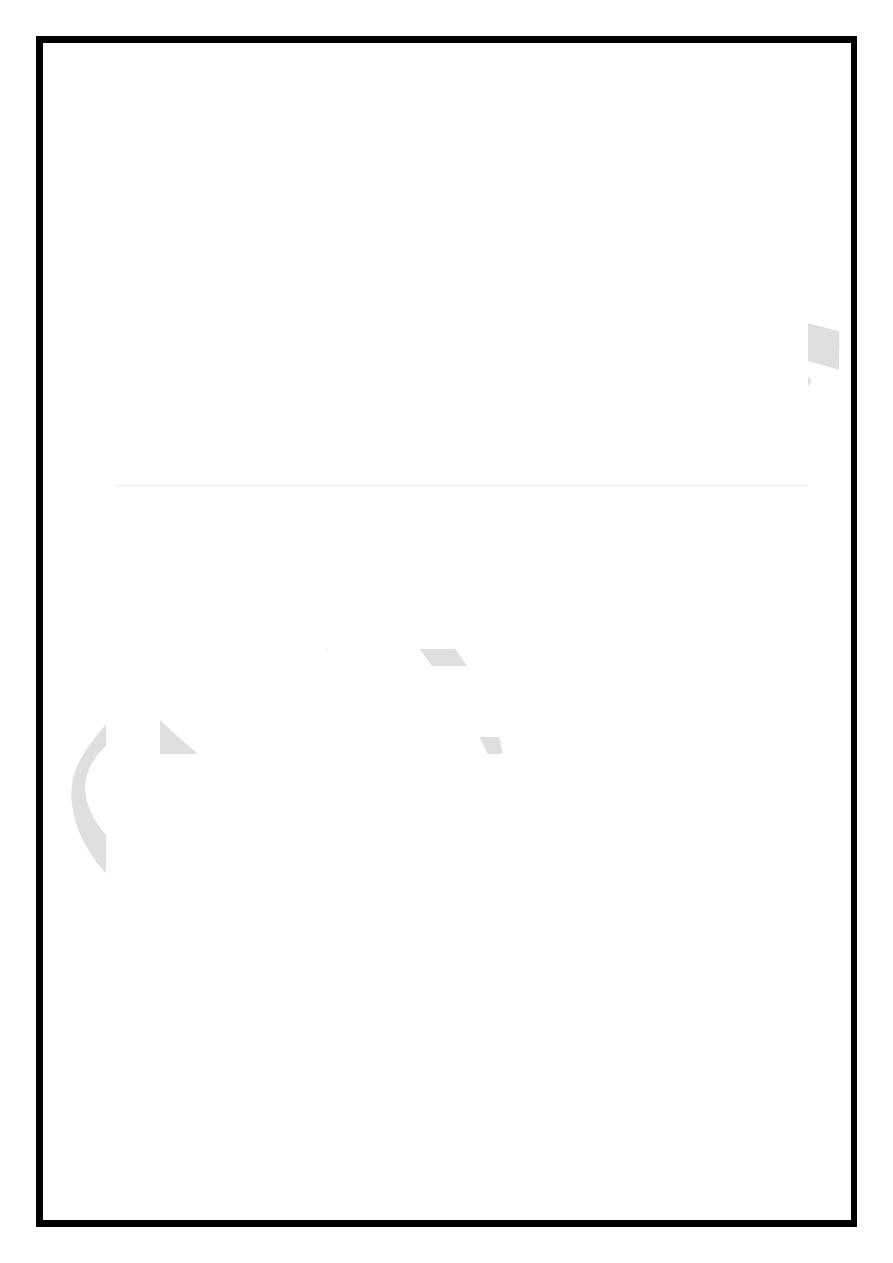
Dr.Hassenien Shuber
TRAUMA TO THE GLOBE
Definition:
1. Closed injury is commonly due to blunt trauma. The corneo-scleral wall of
the globe is intact but intraocular damage may be present.
2.
Open injury involves a full-thickness wound of the corneo-scleral wall.
Principles of manegment
1. Initial assessment should be performed in the following order:
Determination of the nature and extent of any life-threatening problems.
History of the injury, including the circumstances, timing and likely object.
Thorough examination of both eyes and orbits and assessment of visual
potential.
2. Special investigations
a. Plain radiographs may be taken when a foreign body is suspected .
b. CT is superior to plain radiography in the detection and localization of
intraocular foreign bodies. It is also of value in determining the integrity of
intracranial, facial and intraocular structures.
NB: MR should never be performed if a metallic foreign
body is suspected
.
c. Ocular US may be useful in the detection of intraocular foreign bodies and
retinal detachment. It is also helpful in planning surgical repair, for example
regarding placement of infusion ports during vitrectomy and whether
drainage of suprachoroidal haemorrhage is required.
Blunt Trauma
The most
common causes of blunt trauma are squash balls, elastic luggage straps
and fist clashes. The extent of ocular damage depends on the severity of trauma and
for unknown reasons is largely concentrated to either anterior or posterior segment.
Apart from obvious ocular damage, blunt trauma may result in long-term effects so
that the prognosis is necessarily guarded.
Cornea: Corneal abrasion ,Acute corneal oedema and Tears in Descemet
membrane
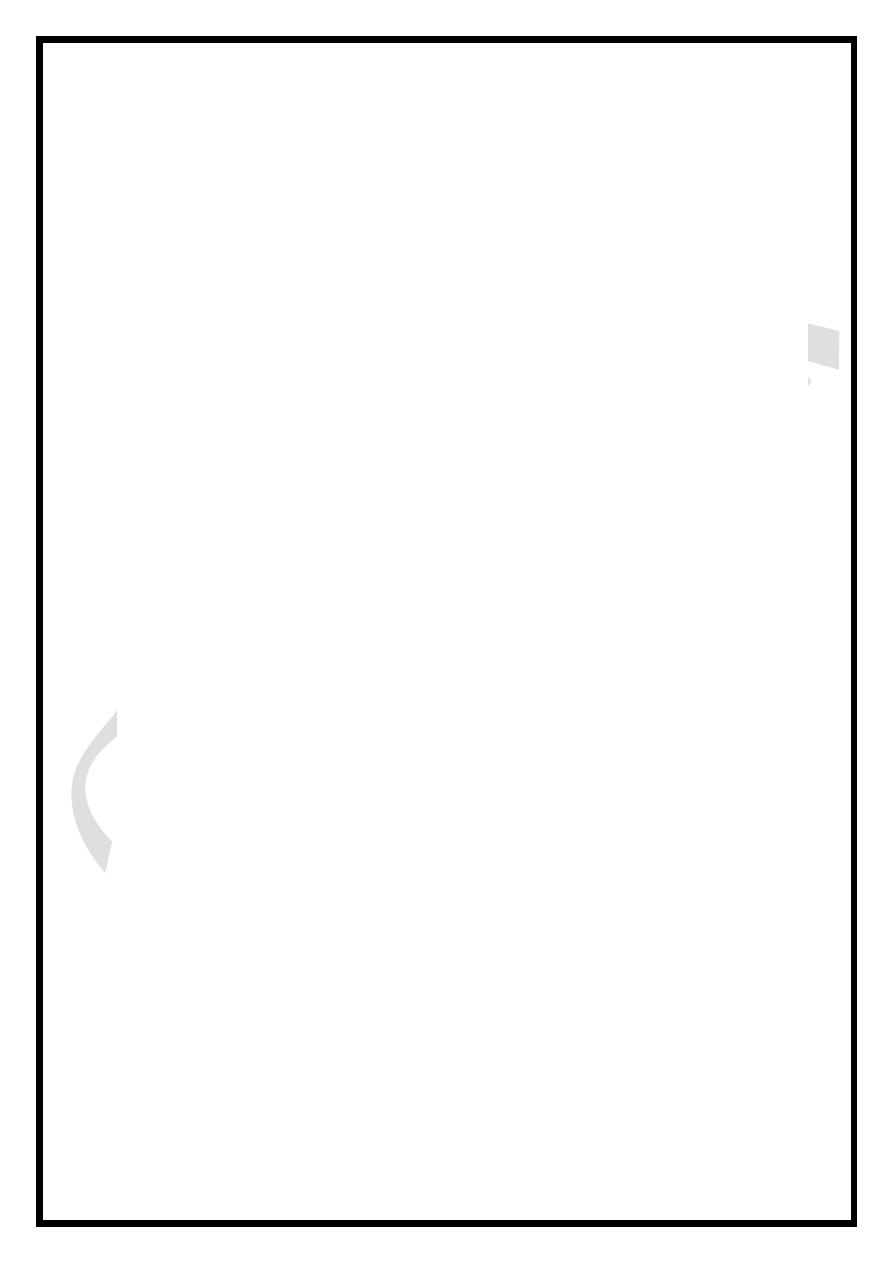
Dr.Hassenien Shuber
Anterior uvea: Traumatic Mydriasis, iridodialysis
Lens : cataract, subluxation and dislocation.
Retina : retinal breaks , retinal detachment and commetio retinae.
Optic nerve : optic nerve avulsion
Ruptured globe
Traumatic hyphema:
Hyphaema (haemorrhage into the anterior chamber) is a common complication.
The source of the bleeding is the iris or ciliary body. Characteristically, the red
blood cells sediment inferiorly with a resultant 'fluid level', the height of which
should be measured and documented .Observation is all that is required in most
cases because most hyphaemas are small, innocuous and transient.
Medical treatment include : topical steroids,mydriatics,antiglaucoma and even
systemic anti-fibrinolytic agent ( cyclocapron).
Surgical intervention with anterior chamber washout may be needed under special
circumstances.
Penetrating trauma
Penetrating injuries are three times more common in males than females, and
in the younger age group. The most frequent causes are assault, domestic
accidents and sport.
The extent of the injury is determined by the size of the object, its speed at the
time of impact and its composition. Sharp objects such as knives cause well-
defined lacerations of the globe.
These injuries could involve the cornea and /or the sclera with or without
prolapsed of the underlying uveal tissue.
Corneal foreign bodies
1. Clinical features. Corneal foreign bodies are extremely common and cause
considerable irritation. Leukocytic infiltration may also develop around any
foreign body of some duration .If a foreign body is allowed to remain, there
is a significant risk of secondary infection and corneal ulceration. Mild
secondary uveitis is common with irritative miosis and photophobia.
Ferrous foreign bodies of even a few days duration often result in rust
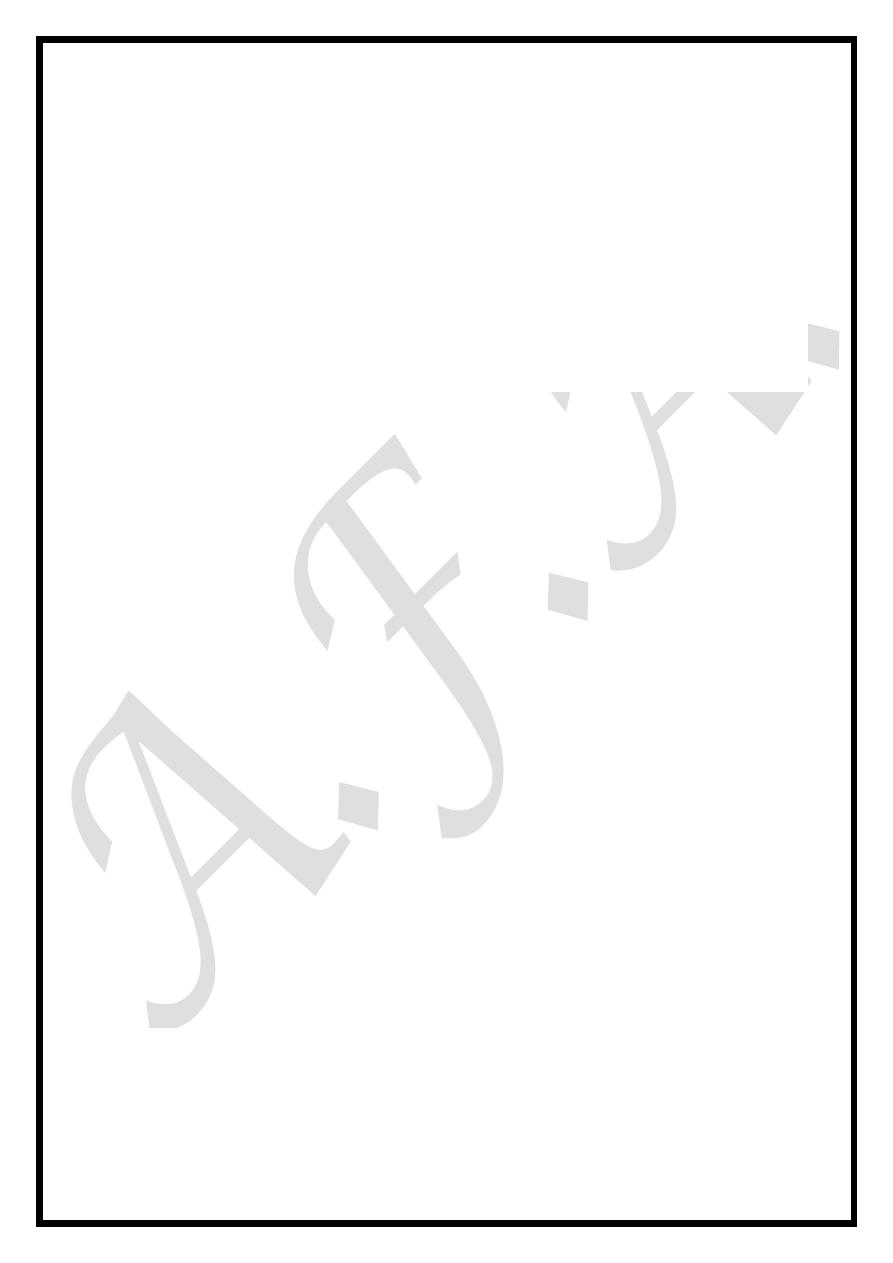
Dr.Hassenien Shuber
staining of the bed of the abrasion.
Management
a. The foreign body is removed under slit-lamp visualization using a
sterile 26-gauge needle.
b. A residual 'rust ring' is easiest to remove with a sterile 'burr', if
available.
c.
Antibiotic ointment is instilled together with a cycloplegic and/or
ketorolac to promote comfort.
Chemical Injuries
Chemical injuries range in severity from trivial to potentially blinding. The
majority are accidental and a few the result of assault. Two-thirds of accidental
burns occur at work and the remainder at home.
Alkali burns :are twice as common as acid burns since alkalis are more widely used
at home and in industry. The most common involved alkalis are ammonia, sodium
hydroxide and lime.
The commonest acids implicated are sulphuric, sulphurous, hydrofluoric, acetic,
chromic and hydrochloric.
The severity of a chemical injury is related to the
1.properties of the chemical.
2.The area of affected ocular surface.
3. duration of exposure (retention of particulate chemical on the surface of
the globe) and
4.Related effects such as thermal damage.
Alkalis tend to penetrate deeper than do acids, which coagulate surface proteins,
resulting in a protective barrier. Ammonia and sodium hydroxide may produce
severe damage because of rapid penetration.
Emergency treatment
A chemical burn is the only eye injury that requires immediate treatment without
first taking a history and performing a careful examination.
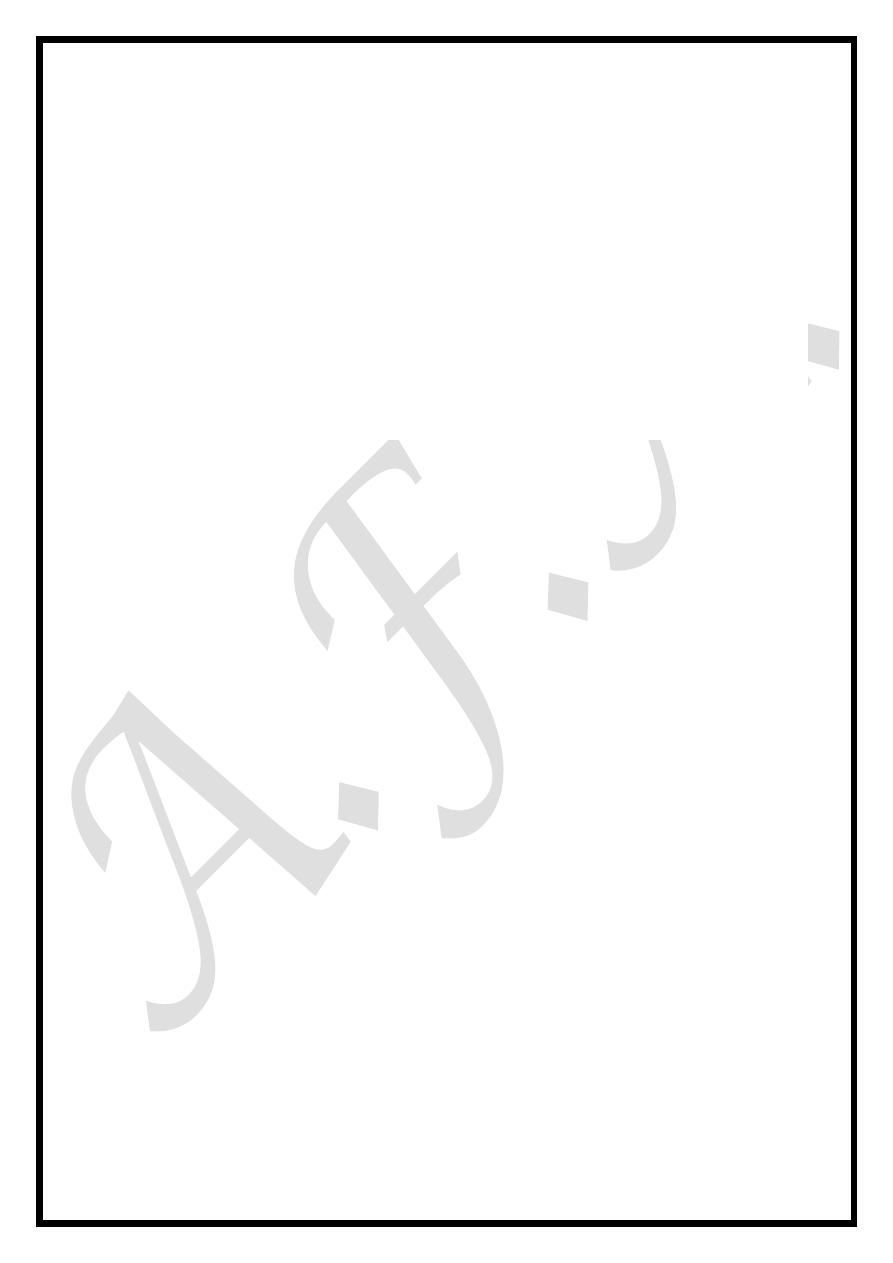
Dr.Hassenien Shuber
Immediate treatment is as follows:
1. Copious irrigation is crucial to minimize duration of contact with the
chemical and normalize the pH in the conjunctival sac as soon as possible.
Normal saline (or equivalent) should be used to irrigate the eye for 15-30
minutes or until pH is normalized.
2. Double-eversion of the eyelids should be performed so that any retained
particulate matter trapped in the fornices, such as lime or cement, may be
removed.
3. Debridement of necrotic areas of corneal epithelium should be performed
to allow for proper re-epithelialisation.
Subsequent medical treatment :Might include: topical steroids,Ascorbic
acid,Citric acid,and tetracyclines.
Surgical treatment.
